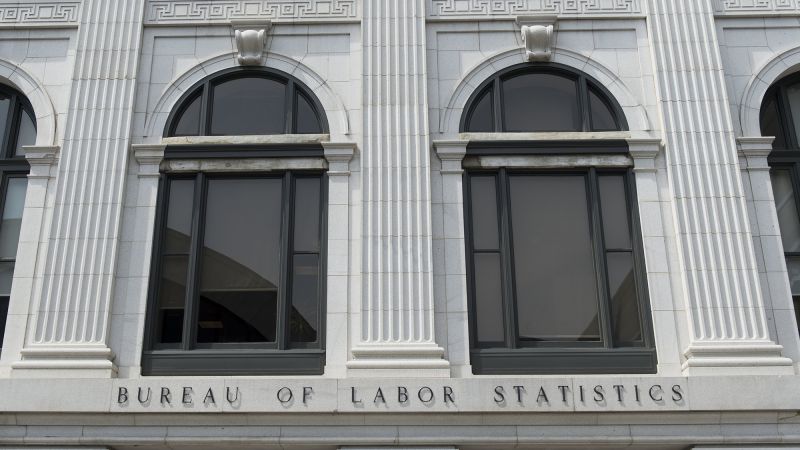The Consumer Price Index (CPI) stands as a crucial metric beyond being the most recognized measure for inflation; it serves as an indicator of American purchasing power. The CPI’s comprehensive data not only affects individual finances, including monthly mortgage payments, Social Security benefits, and various aid packages but also influences broader economic currents such as business contracts and wage negotiations. Remarkably, this index even sparks curiosity, inspiring questions about the current cost of items from pop culture, like Kevin McCallister’s grocery bill of $19.83 from the beloved movie “Home Alone.”
Recent developments, however, suggest that the reliability of this pivotal economic measure may be faltering. On a recent Wednesday, the Bureau of Labor Statistics (BLS) announced that it would cease data collection in three notable U.S. cities: Lincoln, Nebraska; Buffalo, New York; and Provo, Utah. This decision was coupled with an increase in statistical “imputations” for certain items. In simpler terms, this means that the BLS will increasingly rely upon educated guesses rather than hard data to compile the index, raising alarms over potential inaccuracies.
The agency cautioned that these reductions in data collection might enhance the volatility of subnational or item-specific indexes but asserted that any impact on the overall CPI would be minimal. However, the fallout from such decisions extends beyond mere numbers, as the Trump administration’s significant cuts in government spending and workforce have raised concerns among economists, statisticians, and researchers alike. They are worried that diminishing funding could jeopardize the integrity and precision of crucial economic data.
Gregory Daco, chief economist at EY-Parthenon, expressed deep concern over these developments. He emphasized that the BLS’s need to infer more data points due to constrained personnel and funding suggests serious threats to the reliability and promptness of critical economic indicators. The statistical agencies often have protocols in place to uphold data quality, even amid short-lived disruptions, yet prolonged underfunding could undermine essential data used for crafting policy, carrying out market analysis, and making informed business plans.
Despite attempts to obtain insights from BLS officials regarding these issues, responses were limited. Instead, they directed inquiries towards the notice and associated links concerning response rates and data collection updates. This is not the first time that the reliability of U.S. data has come under scrutiny. Early in President Donald Trump’s administration, federal websites went offline, and vital data disappeared as the newly inaugurated Department of Government Efficiency sought to streamline operations. Such events heightened suspicions regarding the stability of the statistical framework already grappling with issues of funding, response rates, and public trust.
Looking ahead, Trump’s fiscal budget proposal for 2026 includes an 8% cut to BLS funding, raising further questions about the future reliability of the CPI. While some experts, like Alan Detmeister, a senior economist at UBS, believe the immediate effects on inflation readings could remain negligible, it remains uncertain how these changes will play out in the long term. Detmeister noted that the BLS’s statement suggested minimal impacts on the overall index, yet emphasized that the lack of available information limits proper evaluation of this situation.
There are suggestions that the CPI’s reductions may not significantly influence long-term inflation trends; however, this does not eliminate concerns regarding the potential for increased noise in monthly CPI data. As Detmeister pointed out, the share of imputed prices jumped dramatically in recent months—15% in March and spiking to 29% in April—raising red flags about the data’s reliability at a critical moment.
Timeliness in data collection and presentation is essential, especially when considering economic factors impacted by tariffs and global markets. Experts are closely analyzing every price release, anxious about how reductions in data collection might complicate understanding current economic conditions. Next week, the release of the CPI for May will provide a fresh opportunity to gauge the data’s reliability and navigate through these uncertain times.











